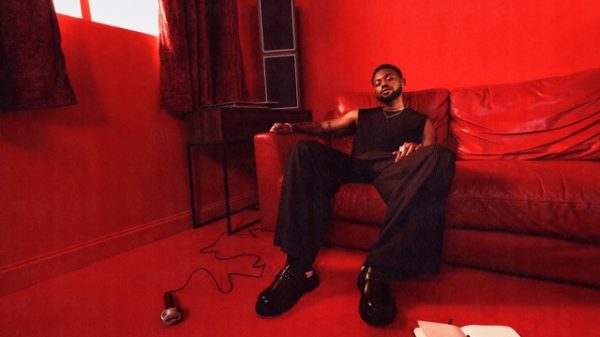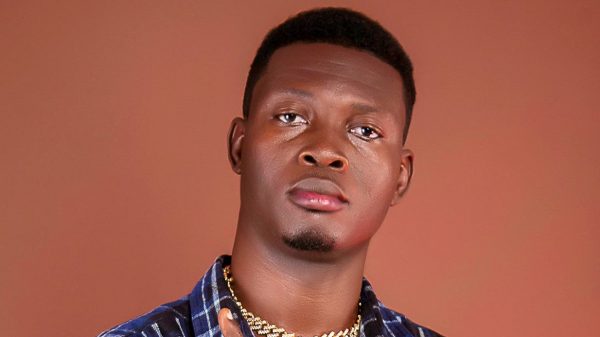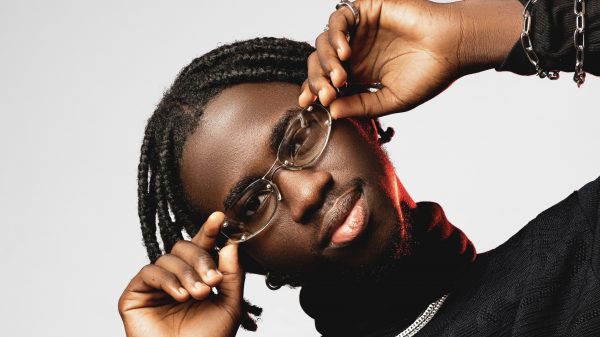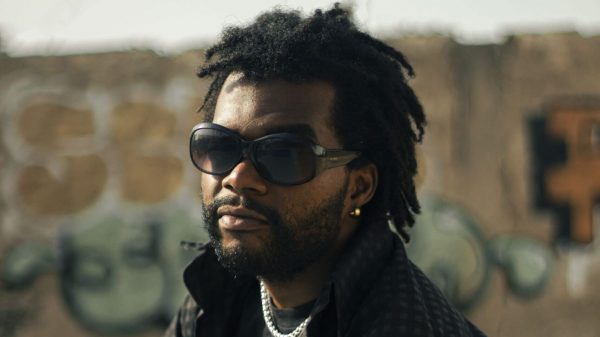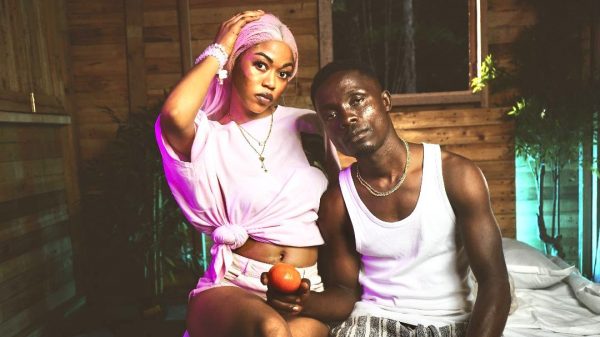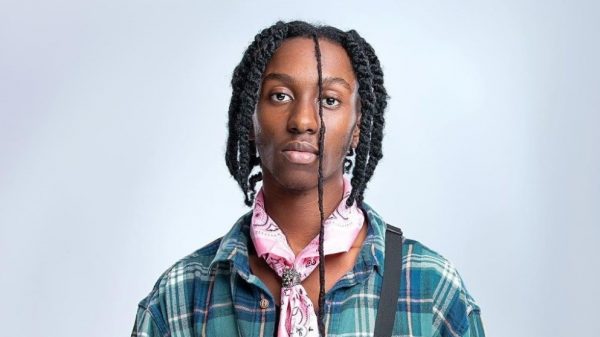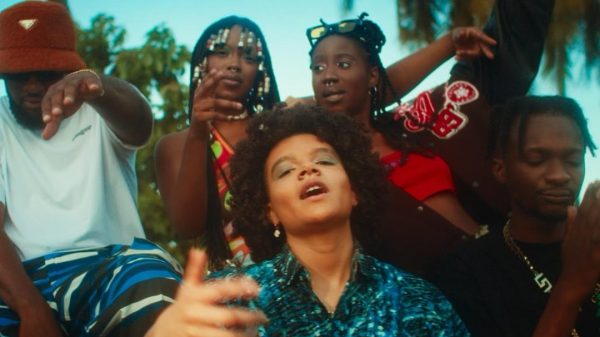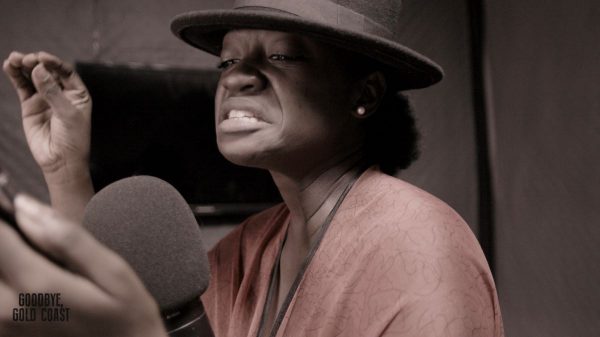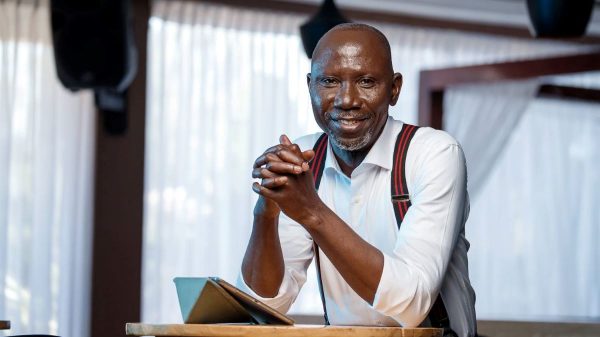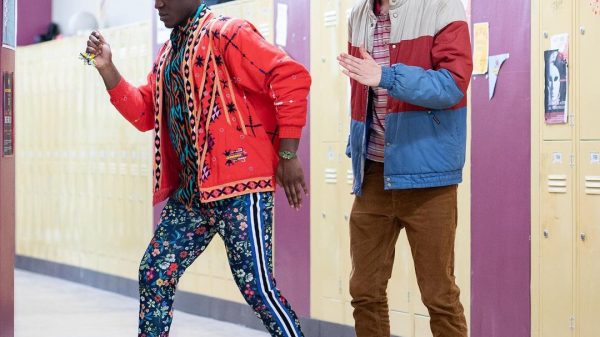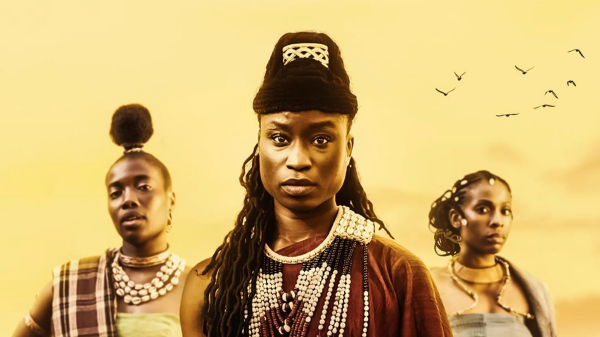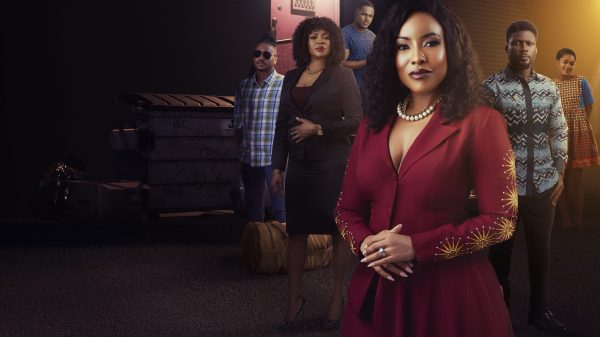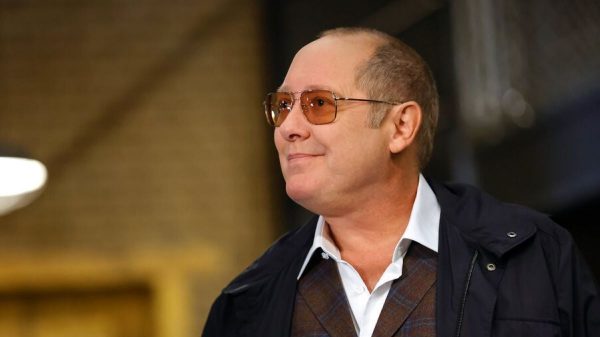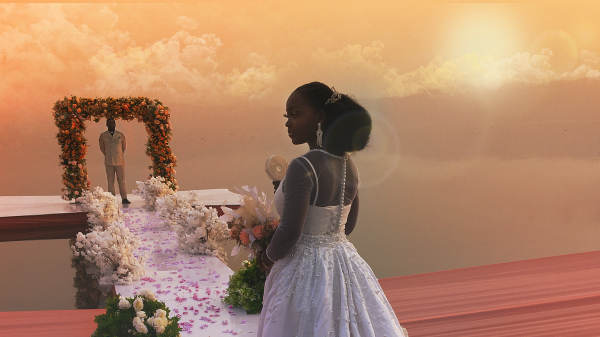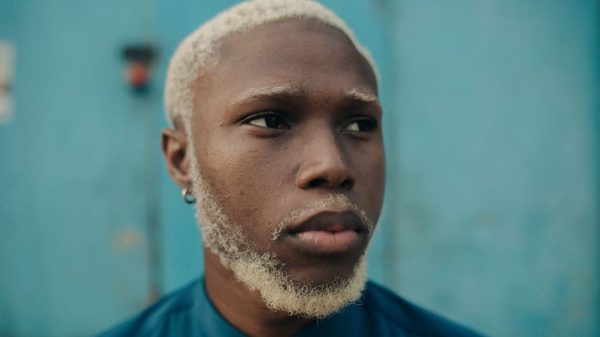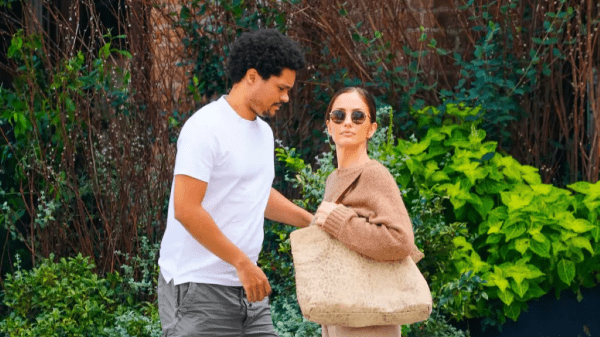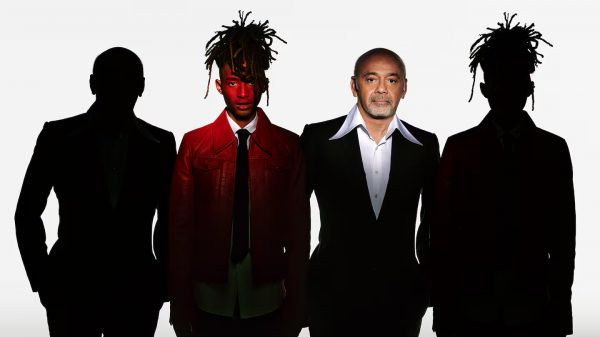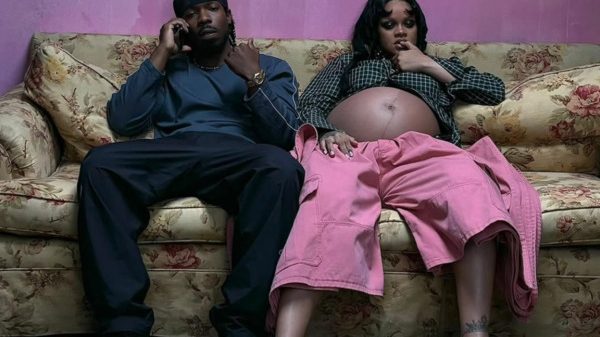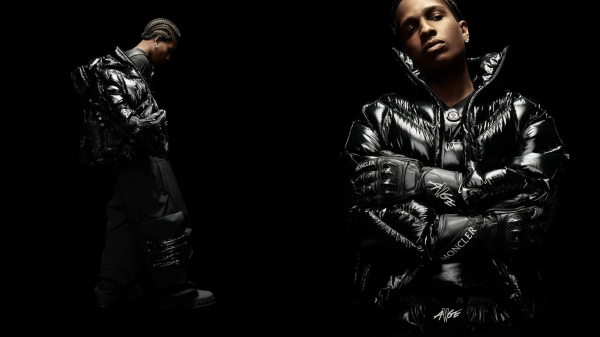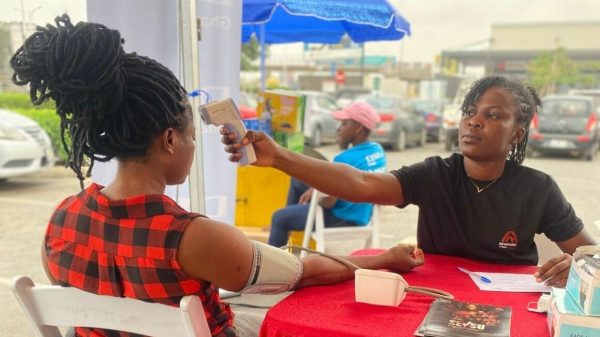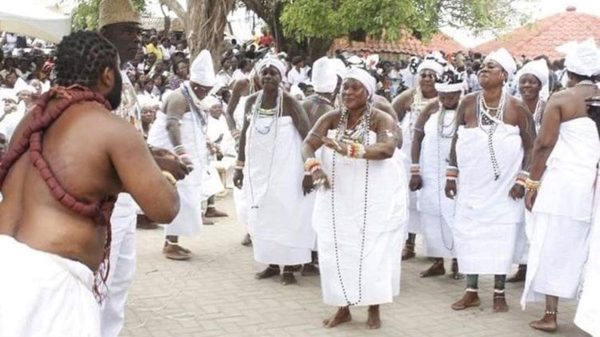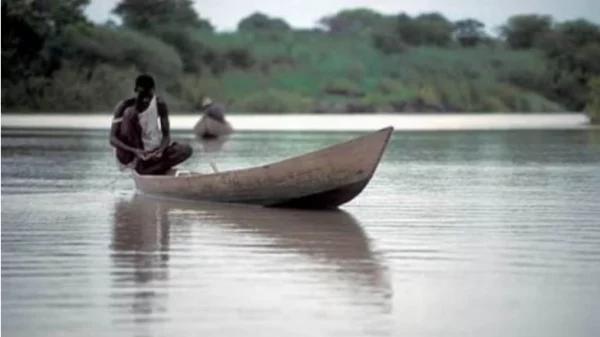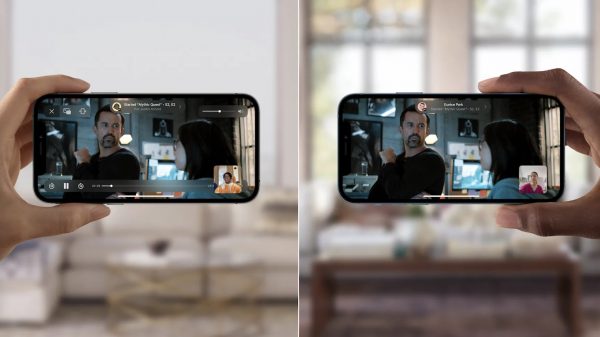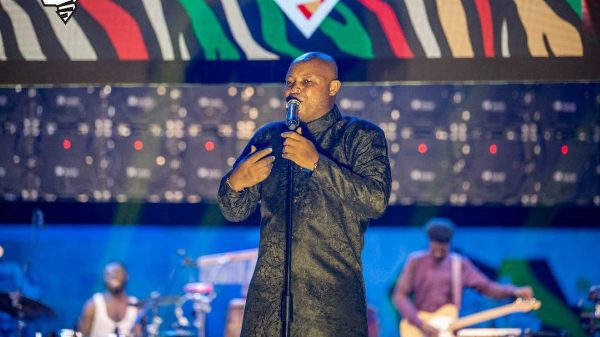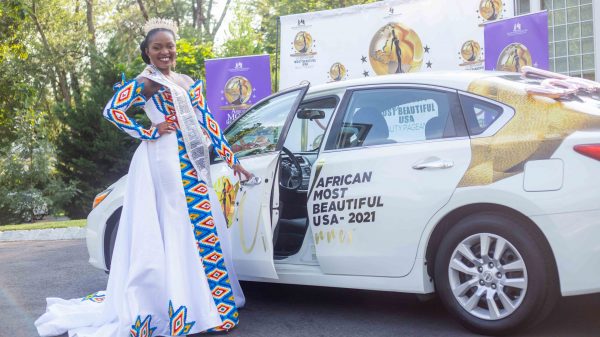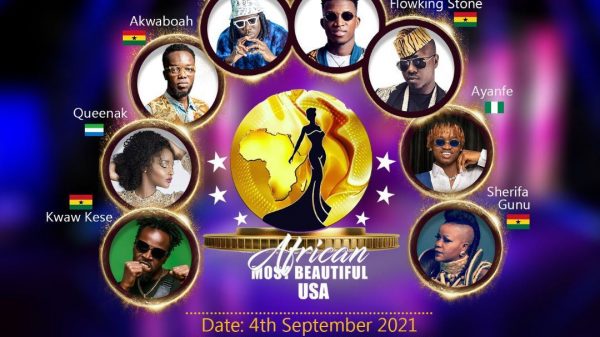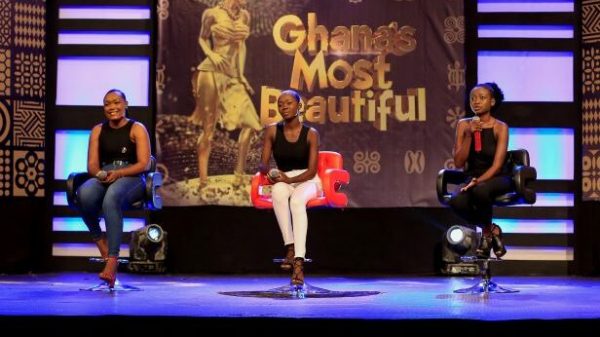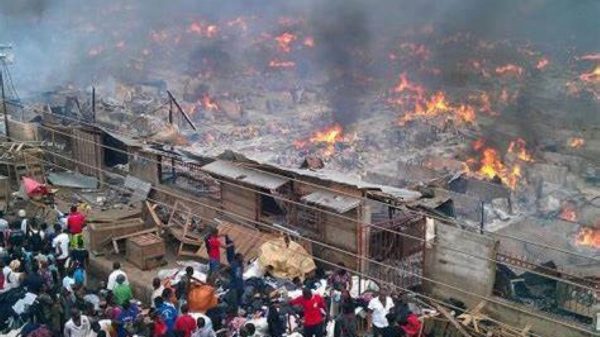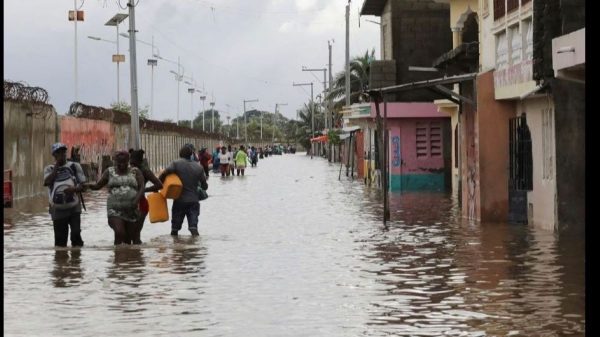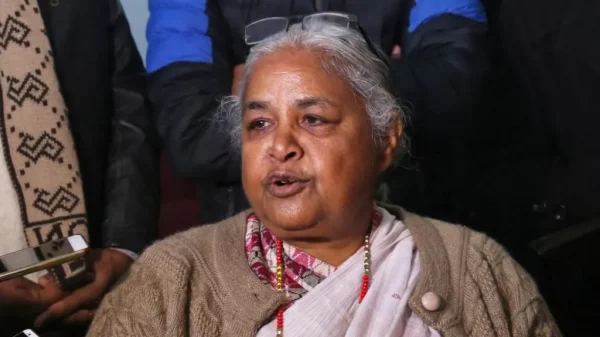There’s plenty of things to do to fill 24 hours in Accra, Ghana, from enjoying a traditional breakfast with locals to getting a history lesson in the Old Town to exploring the city’s cosmopolitan side by night. Best of all, you can do it all by foot, since the areas listed below are all within walking distance of each other.

Early morning: 7 – 9am
A good way to start your day before the heat and traffic becomes too much to bear is to head straight into the heart of Accra, to Makola Market. This market is a typical African urban market and is from where all items are bought, sold, and distributed throughout the country. There is a little bit of everything here, so be warned, it can be a little overwhelming, but it’s also a great place for interacting with locals.
Start by walking along the main streets on the periphery of the market. For breakfast, there are quite a few tasty options. Stop at at one of the many food stands featuring piles of eggs and loaves of bread, and order up an omelet with toast. Some of these stands offer guacamole or smashed pear on bread, as well. Fruit is plentiful, with the best mangoes, pineapples, watermelons, and papaya (popo) you’ll find anywhere. The local favourite, though, is bananas and peanuts (groundnuts), often sold from the top of a woman’s head.
If you are feeling a little more adventurous, you can try a local breakfast treat, waakye (pronounced ‘watch-eh’), which is black eyed peas with rice and your choice of other toppings. You can get it topped with spaghetti noodles, boiled eggs, gari (ground cassava), salad, tomato stew (which is practically a necessity to counter the dry rice and beans), spicy shito (roasted chili peppers, onion, garlic, and ground shrimp), or beef or chicken. If you’re not sure where or how to order waakye, just ask some of the locals — they’ll be more than happy to help, especially if you tell them it’s your first time in Ghana and tasting waakye!
In the morning, Ghanaians typically drink tea, coffee, or Milo (hot chocolate). The egg seller should have any of these options for you. You can also look around for guys with red Nescafe carts and large thermoses, who can make you a cup of coffee. Yes, unfortunately it’s instant coffee only; there isn’t much of a fresh coffee drinking culture in Accra.
After sustaining yourself, you can now get lost in the market, although don’t expect to find much in the way of crafts or souvenirs. Instead, you’ll find items that Ghanaians use in their everyday lives, such as food, clothing, cooking and kitchen items, beauty products, and so on.

Morning: 9am – 12pm
From Makola Market, you have two options: you can either head north up Kojo Thompson Road or Barnes Road to the National Museum of Ghana, or go southwest along Kojo Thompson Road and John Atta Mills High Street into James Town and Old Accra.
The National Museum offers great perspective into the cultures of Ghana and West Africa, aided with artifacts, pictures, sculptures, and traditional art.
James Town and Old Accra are a wonderful mix of old and new coming together. There are a number of historic sites that blend into the surroundings, as the community has grown around them over the years. There are two forts, Ussher Fort and Fort James (although you’d probably be just fine with only seeing one of them). They are both colonial era forts that were formerly used as prisons. In 2005, Ussher Fort was used to house Sudanese refugees, and still has some interesting graffiti from this time. Fort James was most recently used as one of Ghana’s prisons, but is now decommissioned. You can tour either of these but be warned that both are in a pretty rundown state.
Down the street a little farther to the west is the James Town Lighthouse. You can climb this lighthouse for a nominal fee and get one of the best views of Accra, but note that it’s not for the lighthearted as it requires climbing an old ladder through a narrow space. From the lighthouse, you can descend back to the street and visit the nearby local fishing beach. You’ll see how the fisherman go out to and return from sea here. Most of the surrounding community still relies on fishing as its primary income.
From here you can walk some of the narrow avenues of James Town and see local street art mixed with colonial architecture. Every August there is the Chale Wote Street Art Festival, which brings together music, dancing, street art, food, and just an overall great time.

Midday: 12 – 2pm
No matter where you went for your previous stop, you’ll be very close to the beach, which is a great place to take a break with a cold drink and enjoy lunch. Our pick is Osekan Bar (pronounced ‘oh-say-can’), which sits on a cliff over the water off John Atta Mills High Street. At the end of a football pitch at the beach side near the cocoa house, there is an arched entryway and stairs that lead down to Osekan. It is a lovely spot to sit outside and get a nice breeze and view of the water and fishing boats all around. The area also holds historical significance, as it was formally a very sacred spot for the Ga people, and there are still several shrines as well as rites and festivals that happen annually.
Food at Osekan is typically of the local variety. A couple of favourites are the jollof rice and chicken, or ‘Red Red’. Jollof rice is a spicy, yet very flavourful, tomato vegetable-based rice. Red Red (named for the colour of the dish) is a spicy bean stew with fried plantains. You can also add fish or chicken to your Red Red. They have the local varieties of cold beer: Star, Club, and Guldar, which are all light English-style lagers.
Afternoon: 2 – 6pm
After lunch, head to the nearby Kwame Nkrumah Mausoleum, where history buffs can learn about the first president of Ghana and see a memorial to this great man, as well as a small museum with photographs.
A little further on is the Accra Cultural Centre (or Art Market). This is where you’ll find all the Ghanaian souvenirs and gifts to take home: paintings, art, jewellery, drums, carvings, and more. This place can be a little hectic and the people persistent, so if you are only browsing, stay strong and don’t get pressured into any purchases you don’t want to make. If you already know what souvenirs you want, it might be a good idea to find a quieter shopkeeper on the fringes and ask for help in navigating the market (for a tip). This will keep the other sellers at bay and also help you to get a good price and quality goods.
Not too far to the east of the art market is Independence Square, where there are some Soviet-style national monuments that might be good for a quick picture.
For the next stop, it’s probably worthwhile to grab a cab to Oxford Street, to see the more modern, economic hub of the city. This is the trendy part of Accra, with many shops, stalls, bars, restaurants, nightclubs, and casinos.
fountain at the mausoleum in accra

Evening: 6pm until late
Lucky for you, you’re now already in the centre of Accra’s nightlife. Dinner, drinks, and entertainment are all around! And since by now you will have tried you fill of local food earlier in the day, we think you might enjoy trying something a little more international and getting a feel for Accra’s cosmopolitan side.
Osu is the favourite area for taking it all in. It’s easy to walk around and try out different places or just settle into a place you like. The true nightlife can start a little later, typically around midnight, and go all the way until 6am.
For dinner, some of our favourite options are Monsoon (sushi), Mama Mia (Italian and pizzas), Frankie’s (Lebanese fast food), Tip Top (Chinese), Asanka Locals (Ghanian), Duncans (awesome banku, which is lightly fermented corn dough, and tilapia with a pepper salsa), Fire Fly (best burger and fajitas), Sunshine Salad Bar (Indian, salads, and sandwiches), Heritage (Indian and Chinese), and Papaye (Ghanaian fast food with rice and chicken).
For cold drinks and music, you can find so many places, but there are a few that are especially popular with locals and travellers:
Container Bar. Just opposite Papaye on Oxford Street, this bar is aptly named for being run out of a container. It’s wildly popular with both locals and visitors, with affordable drinks, outdoor seating, loud music, and great people-watching.
Republic Bar. This is a very trendy place but not overrun or too pricey. It plays good music and is popular with both internationals and locals. It also has a great mix of cocktails and local beer on draft. You might see your first African hipsters.
EPO’s. This spot is very popular with locals, and has outdoor and rooftop seating. It can be a bit of a trip to find (you’ll have to venture down alleyways and might reach a few dead ends), but the place is always packed and there’s lots of cold beer at local prices.
Clubs. There are a few clubs around, such as Hot Gossip, Duplex, Bella Roma, and Fire Fly. They are all high-class affairs and you will need to have long pants and closed-toe dress shoes. No sneakers or flip-flops allowed.
If Osu isn’t doing it for you and you would like some live music and more of a lounge atmosphere, a quick ride in a taxi can take you to either Club 233 or the Afrikiko Leisure Centre. Club 233 has live jazz on the weekends, and meals, with outdoor seating. Afrikiko has a number of different restaurants in the complex, and usually has live music and dancing, also with outdoor seating. From there, go back to your hotel and rest up for another day. You’ve deserved it!
Shorter stays
Don’t have time for a full 24 hours in Accra? No worries, we’ve got the speedy version for a shorter layover.
Note that because of traffic and the extra time needed for immigration (if you’re flying internationally), you’ll probably need at least five hours to get into the city and still have time to see the sites. Depending on the time of day, it can take anywhere from 15 minutes to an hour to get to the city centre. Taking a taxi is the most affordable and efficient option from the airport — a ride to the city centre will cost you about USD 8.
If you’re in Accra in the morning or early afternoon, you’re in luck, as mid-morning is the best time to avoid city traffic. Visit Makola Market, Accra Mall, or the art stalls around the Tetteh Quarshie interchange, all of which will give you a real taste of local flavour in this modern African city. Alternately, take some time at Labadi Beach. A beach layover would be awesome if you don’t mind flying with a little sand in your pants! You’ll need to spend about two hours in the city to see these sites.
If your layover has you in Accra in the evening, you won’t be able to do much sightseeing (the city gets pretty quiet), but you could check out the local bars, clubs, or even a night market. Grab dinner from one of the places mentioned above, and enjoy an outdoor meal or drink with a cool evening breeze. You’ll need about four hours in order to enjoy yourself and not rush through a meal.
Source: Urban Adventures.



